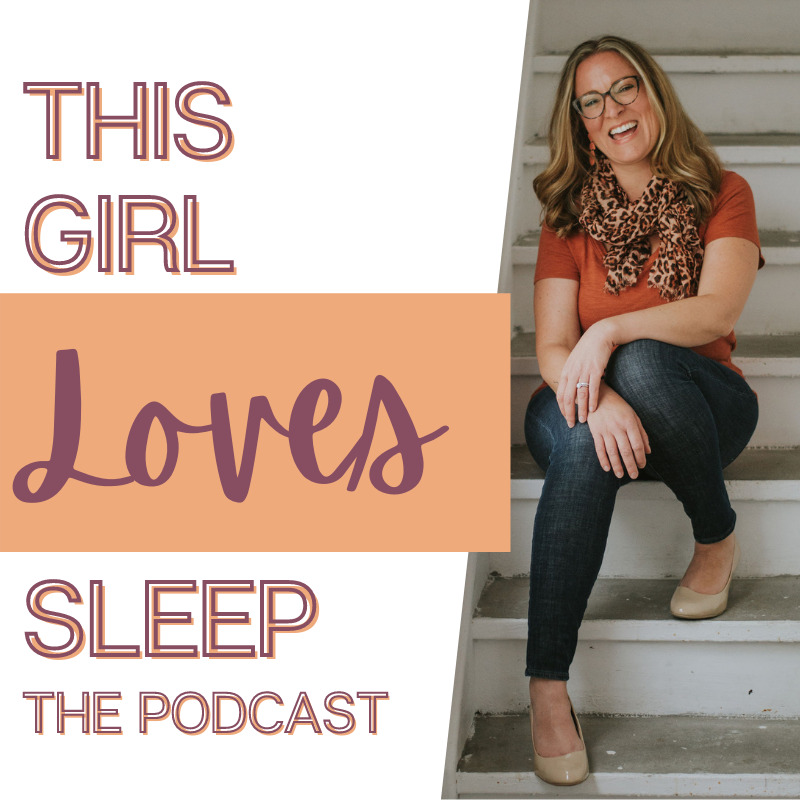We’ve heard from many, many parents over the years that they’ve simply resound to the fact that their child is “just not a good sleeper”. While there are many reasons why your child may have difficulty settling down for sleep, falling asleep or staying asleep, we want to bring some awareness to sensory processing and how it can have a significant effect on sleep. For parents with kids who are sensitive to senses such as sound or touch, you may be surprised to know that these sensory triggers can make it much more difficult to get quality sleep.
Are you ready for your child to sleep better? Find out more about our tween and teen one-on-one program to help your family sleep better.
Sensory processing refers to how we learn about the world through our senses. The most commonly known senses are touch, sound, sight, smell and taste. Using our senses, children and adults process information they receive through their senses and try to transform that into something that makes sense to them. However, when there’s a problem and kids aren’t able to gather information from their senses in a neuro typical way, it can result in behaviour that is concerning or confusing for parents.
Sign Up For Our Newsletter
Connecting Sensory Processing And Poor Sleep
Parents should know that when your child’s sleep is disrupted or proving to be very difficult, this should be considered a red flag. Sleep plays a critical role in restoring brain cells, supporting brain function and growth, resting muscles and joints, and regulating circadian rhythm. Poor sleep negatively impacts almost every area of functioning and development and is usually an indication that there’s something else going on with your child.
While it may seem like their picky eating or their fear of loud noises has nothing to do with their sleep, it is certainly worth investigating how those things may be correlated. And like a vicious cycle, poor sleep can exacerbate their sensory challenges, and those sensory challenges can be huge drivers behind poor sleep.
Children who struggle with sensory processing issues tend to live in a body that often doesn’t feel all that well. Seams in clothing, touch, high pitched sounds – these are all examples of things that they may find very hard to tolerate, and yet, are most likely part of their everyday life. If you notice your child struggles with any sensory issues, getting them assessed by an occupational therapist can really help you gain a better understanding of what they’re dealing with.
Beyond The Five Senses
In addition to the five senses we listed above, there are three other senses that can play a significant role in sleep challenges.
- The vestibular sense – how the brain and body sense movement and the body’s relationship to gravity, which is all based on the inner ear.
- Proprioception – a sensory system that’s in your joints, muscles and connective tissues. A child who has difficulty in this area may seek out a lot of movement or have trouble understanding their own strength.
- Interoception – how an individual senses his or her own body, such as their sleepiness or hunger.
Because putting yourself to sleep is a learned skill, and involves being able to self-regulate, many kids with sensory processing challenges find going to sleep and staying asleep difficult. Some of the common areas related to sleep that children with sensory issues may have a hard time with include:
- Noises in the house.
- A sibling’s sleep noises (breathing, sighing) if they share a room or have a room close by.
- Issues with sheets or pajamas feeling uncomfortable.
- A lumpy bed or unable to get comfortable in their bed.
- Not able to relax and be calm in bed so that they can fall asleep.
Help Your Child With Sensory Processing Challenges Sleep Well
First of all, parents should know that kids with sensory issues most likely need a much longer lead time before bed. Your bedtime routine will most likely not be effective in a short 20 to 30 minute time frame. In some cases, starting your calming evening routine may need to begin an hour or more before bedtime.
Here are some are some bedtime routine tips and sleep support strategies you can try to help a child with sensory challenges get a better night’s sleep.
1 – Intense Movement. This will seem contrary to getting ready for sleep, and for many other people would have the opposite effect of supporting good sleep. But in this case, intense movement will spike their nervous system, which will then stimulate calming neurotransmitters throughout their body, helping them to get ready for sleep. For kids who find this to be an effective strategy, this is where a long bedtime routine comes in to play. Spend 30-45 minutes doing intense activity, and then another 30 minutes or so continuing to calm down the mind and body.
2 – Get The Right Pajamas And Sheets. Snug fitting pajamas can often be best for those with sensory issues to touch. However, know that each child is different and it may take a while to determine which type of pajamas they can tolerate. In addition to trying snug fitting pajamas, you can also look into compression garments from companies like the Calming Clothing Company. For sheets, try a wide variety to get the right one for your child – from cotton to flannel to lycra.
3 – Add Pressure. In addition to compression garments, some kids will do well with a weighted blanket or weighted lap pad. Understand that these tools are best used for kids five and up and should be no more than five to 10 percent of their body weight. You can also look to add something like a Pea Pod to your bedtime routine, which can function as an excellent place for your child to read or listen to music before bed.
4 – Sleep Environment. Creating a sleep supportive environment is important for everyone, but can be even more so for those with sensory issues. Be careful of what scent you use to wash pajamas and sheets, the temperature of the room, the amount of light and the type of light bulbs being used in the room. Adding a white noise machine with just the right sound, essential oils with a particular smell, or a softer yellow light can make a huge difference for those with sensory challenges.
5 – Nutritional Support. For kids with sensory issues that relate to food, it can be really challenging to ensure their bodies are getting the nutrition they need. As such, it may be worth getting their vitamin levels checked, specifically their magnesium and zinc levels, as these are two vitamins that support good quality sleep. Find a nutritionist that understands you child’s sensory disorder and can work with you to support your their nutritional needs.
Working Together To Sleep Better
One of the biggest challenges when it comes to sensory processing difficulties is that there is no one solution that will always work. It’s often a moving target to find the right tools and solutions to make the world an easier place for kids with sensory issues to be. So, instead of framing the problem like your child is doing something wrong, tackle it as a problem you can solve together. Try several different things and ask your child for their feedback. Keep detailed notes as to what really helps, what worked well and what didn’t so you can build a sleep toolbox that specifically supports your child based on their sensory needs.










